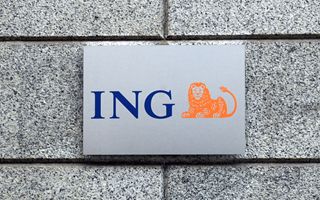(Finance) – “Only a small rise for inflation in October, in a context of demand uncertainty. The gradual elimination of the energy base effect seems destined to push overall inflation towards 1.5% by end of the year”. This is what stands out Paolo Pizzoli, senior economist at ING commenting on them preliminary estimates from Istat.
Istat’s preliminary estimate – continues the economist – shows that headline inflation increased marginally in October, reaching 0.9% (from 0.7% in September), in line with our forecasts. The basis for the increase was the increase infood inflation and, to a lesser extent, one lower disinflation of regulated energy goodswhich offset the disinflationary push from unregulated energy goods and recreational services. Core inflation stabilized at 1.8% on an annual basis.
The comparison between services and goods shows a deceleration of services inflation and a increase in commodity inflation, with the differential between the two decreasing to 3.1% (from 3.7% in September).
Italian inflation should have passed its minimum point. “The basic deflationary effect on energy goods – he explains Pizzoli – is expected to run out in the coming months, but at a gradual pace. This will largely depend on the trend in oil prices. If the worst risks on the geopolitical front are avoided, we could see a gradual increase in the energy component, which could help push overall inflation into the 1.5% area by the end of the year.”
“THE third quarter GDP data, surprisingly weak and difficult to interpret, – continues the economist – they nevertheless signal a lack of strength in domestic demand. The September labor market data, also released today by Istat, show the first contraction in employment in four months, the first proof that the stability of the labor market cannot be disconnected from economic activity. If the adjustment phase of the labor market continues in the coming months, the pressure on wages, which grew at a decent annual rate of 3.7% in September, seems set to ease, as the priority could shift from recovering power of purchase to maintain workplace safety. This should help contain the risk of a sharp acceleration in inflation in the coming months. A quick look at what economic surveys currently tell us about price developments shows a gradual decline in price increase intentions in services and a gradual increase in them in manufacturing, so there is no clear common direction. Overall, if the October inflation data suggests that the most severe phase of disinflation should be behind us; however, the reflation phase appears set to be gradual, given the uncertain demand environment. We confirm ours forecast for average Italian inflation of 1% in 2024 and we expect one increase to 1.6% in 2025″.
